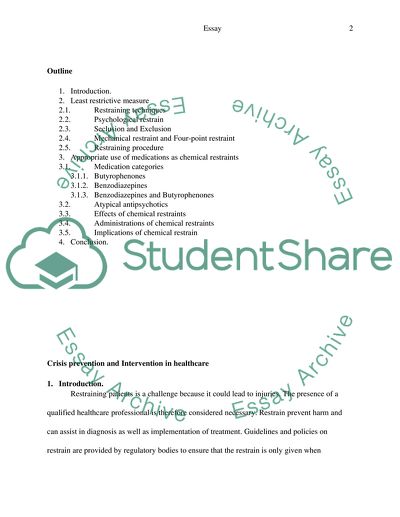Cite this document
(“Crisis Prevention & intervention in healthcare (management of Essay - 4”, n.d.)
Retrieved from https://studentshare.org/nursing/1615899-crisis-prevention-intervention-in-healthcare-management-of-assaultive-behavior6
Retrieved from https://studentshare.org/nursing/1615899-crisis-prevention-intervention-in-healthcare-management-of-assaultive-behavior6
(Crisis Prevention & Intervention in Healthcare (management of Essay - 4)
https://studentshare.org/nursing/1615899-crisis-prevention-intervention-in-healthcare-management-of-assaultive-behavior6.
https://studentshare.org/nursing/1615899-crisis-prevention-intervention-in-healthcare-management-of-assaultive-behavior6.
“Crisis Prevention & Intervention in Healthcare (management of Essay - 4”, n.d. https://studentshare.org/nursing/1615899-crisis-prevention-intervention-in-healthcare-management-of-assaultive-behavior6.


